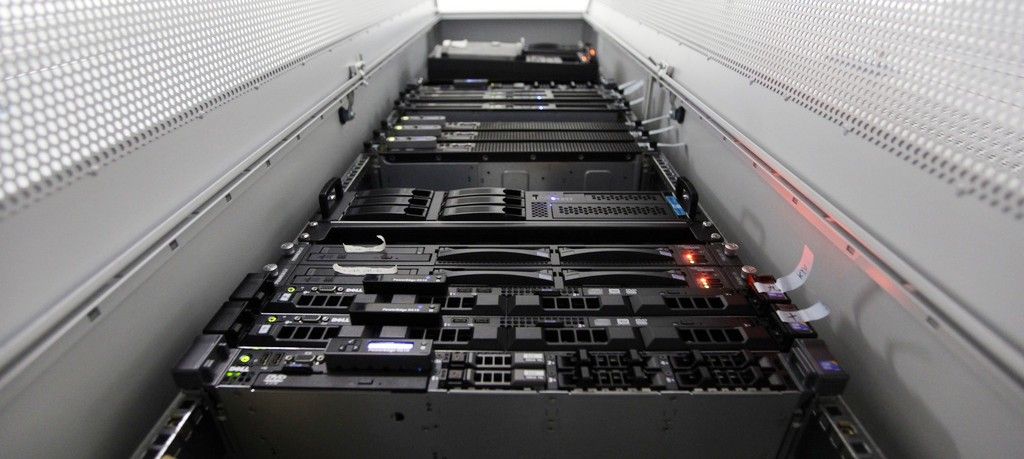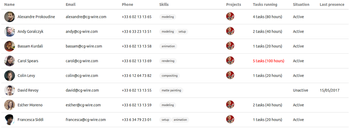The render farm allows graphic designers and render team to submit computing jobs to a range of server. That way they can handle very intensive computing and make sure that workstations stay available for designers. The render farm is a mandatory component to make sure that all shots will be delivered on time.
Rendering the final shots is the most common use case of a render farm. But what else makes it game changing? Beside allowing you to deliver your final output, they can fasten your production at each step. In this article, we’ll review all what you can delegate to it.
Modeling and image rendering
Early on during the modeling process, graphic designers needs to render their scene to test material parameters. Hi-poly meshes and complex texturing lead quickly to hours of rendering. Being able to compute this rendering on a dedicated group of computers can save tons of times by avoiding to block the workstaton for long hours.
Texture baking
It’s the process of pre-rendering textures. The main idea is to turn the render of complex materials in a simple texture. Even if it’s just done for one object, it may require several long renderings. It’s a good idea to send it to the render farm too.
Animation cache
Animators like to provide variants of their animations. These tests require the computation of cache files, the coordinates of all vertices for each frame of the animation. Each generation can take long minutes and sometimes hours. No doubt that you will prefer to have this happening on your render farm that on you graphic designer machine.
FX Simulation
FX simulations requires huge computation. It is hardly parrallelizable (it means it will stick long on one core of your farm). So, the render farm won’t make it much faster but it will allow to run plenty of them at the same time and will free the workstation.
Preview generation
If you do a proper validation tracking, you need a preview to discuss on at every step validation. It can be generated very fast but sometimes, it could lead to dozens of minute rendering. It’s better if it’s done on the render farm and that the result is sent directly to your validation tracking tool.
Shot generation
It’s obvious but the final shot rendering is the most intensive computing activity. Generating the final output is the primary goal of the render farm. The question here is mostly how to prioritise the renderings. Most render farm managers allow to give priority to important jobs. But it’s not always easy to determinate which one matters the most.
Compositing
Complex compositing rendering, especially for high resolution, is another good thing to push to your farm. It will allow you to make more tests on tuning the parameters.
In this article we covered what can be done in a render farm. Once you set up a proper pipeline to allow people to push things to it, you will notice a lot of productivity and qualitiy improvement. But you are going to have a new problem soon. How you are going to manage the workload? Render farms consume a lot of network bandwidth and file storage. Even if they can handle many jobs, people will push too much computation the farm can deal with. These problens can quickly become an headache. Fortunately we are here to help. So stay tune for our upcoming articles or feel free to contact us!
CGWire is a software shop that crafts open source tools to make your pipeline more efficient. If you are interesting in what we do and think it can help, feel free to contact us!






